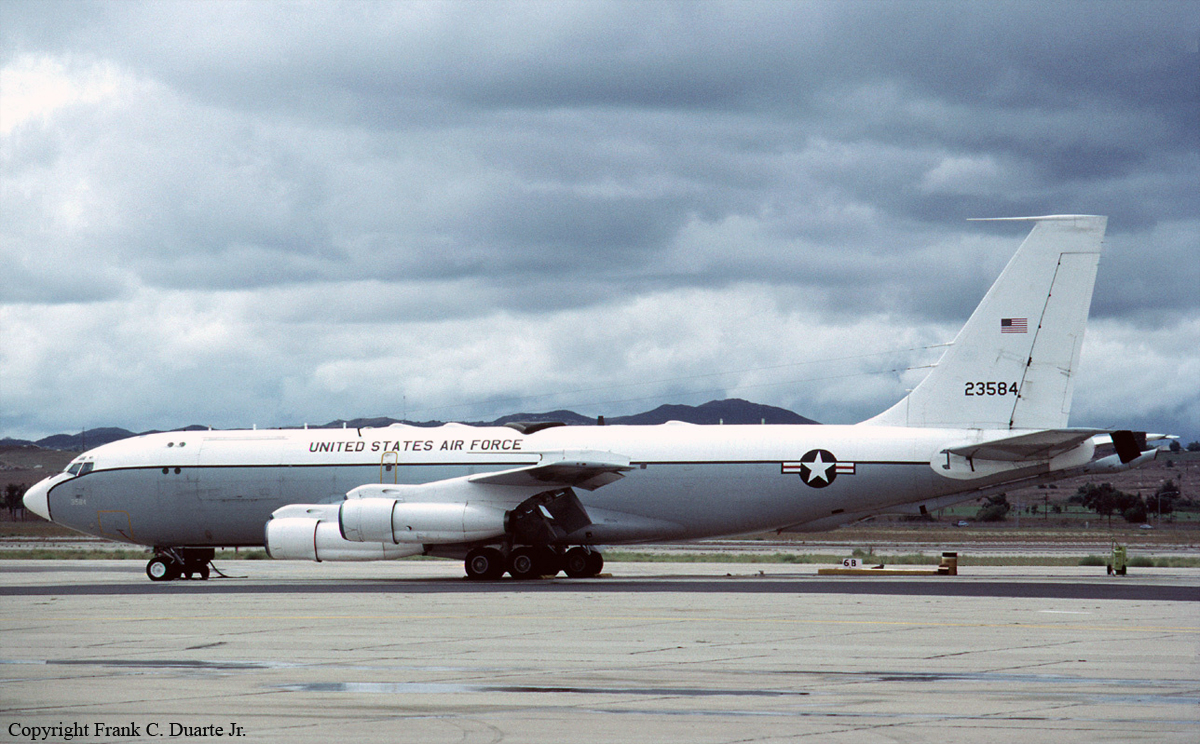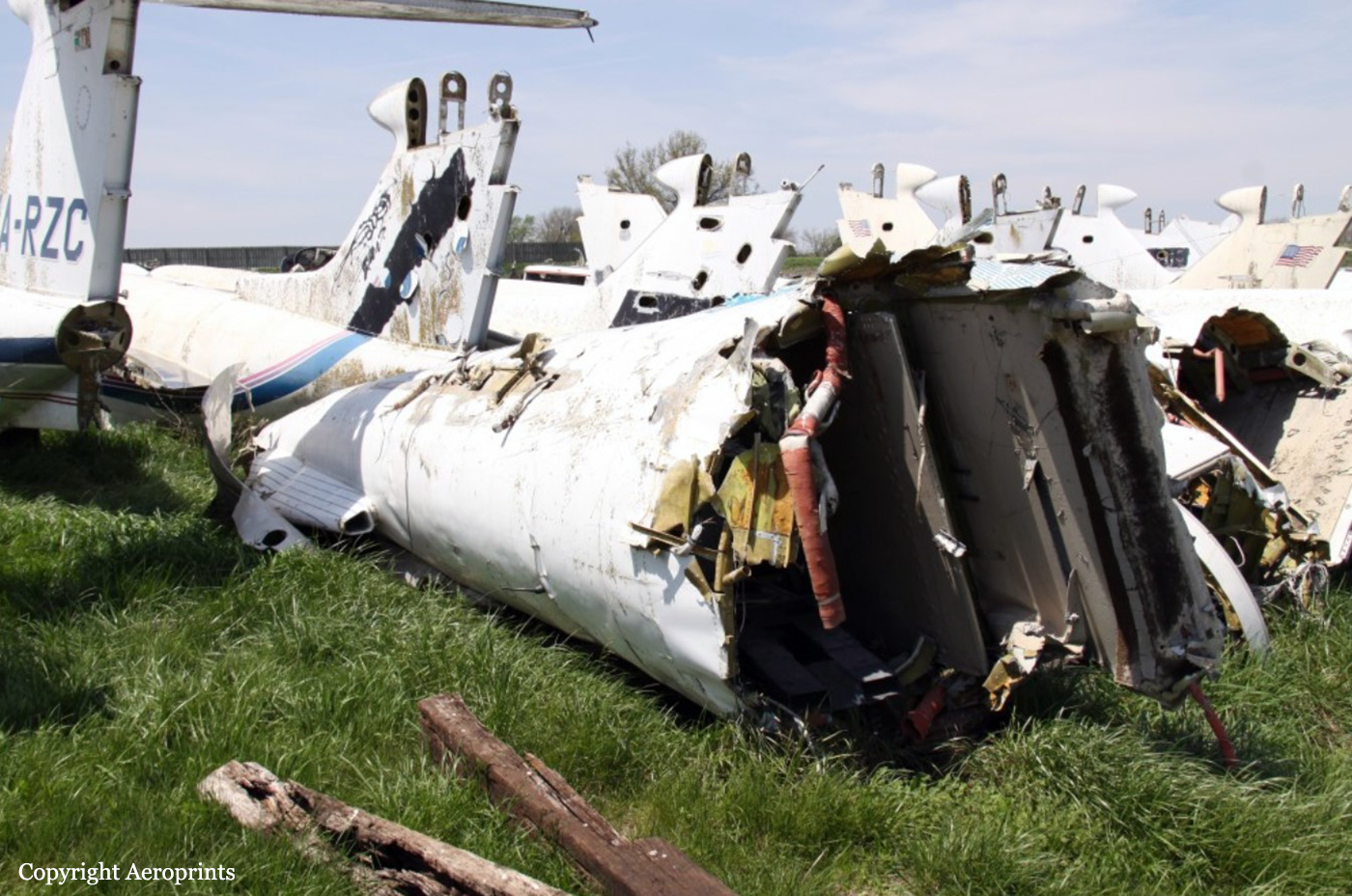Crash of a Tupolev TU-154A in Varna
Date & Time:
Jun 5, 1992
Registration:
LZ-BTD
Survivors:
Yes
Schedule:
Stockholm - Varna
MSN:
74A058
YOM:
1974
Flight number:
LZ7022
Crew on board:
7
Crew fatalities:
Pax on board:
127
Pax fatalities:
Other fatalities:
Total fatalities:
0
Circumstances:
The approach to Varna Airport was completed in poor weather conditions with a limited visibility due to heavy rain falls. The aircraft landed too far down a wet runway 27 and was unable to stop within the remaining distance. It overran, lost its nose gear and came to rest. All 134 occupants, most of them Swedish tourists, were evacuated safely, nevertheless several passengers suffered minor injuries. The aircraft was written off.











